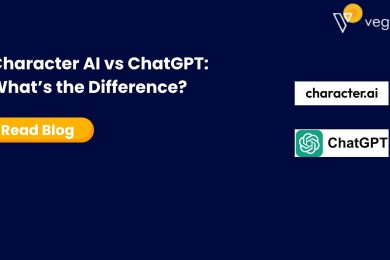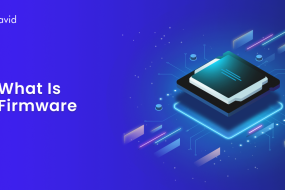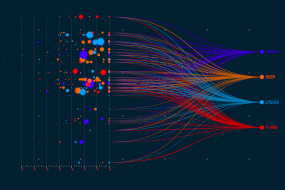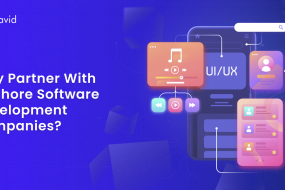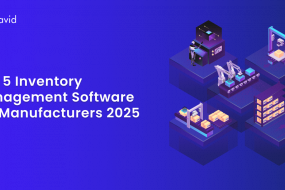
In today’s data-driven world, software plays a crucial role in collecting, storing, and processing personal information. However, with the rise of privacy concerns, ensuring your software complies with regulations like the General Data Protection Regulation (GDPR) is essential. This comprehensive guide outlines the key steps involved in developing GDPR-compliant software for your business:
1. Laying the Groundwork:
- Data Mapping and Classification: Conduct a thorough assessment of all the personal data your software collects. This includes identifying the type of data (e.g., name, email, location), purpose of collection, and legal basis for processing. Categorize data as sensitive or non-sensitive based on its nature and potential risk to individuals.
- Data Minimization: Adhere to the principle of data minimization by collecting only the data strictly necessary to fulfill the intended purpose. Avoid collecting unnecessary or excessive personal information.
2. Building with Privacy in Mind:
- Privacy by Design and by Default: Embed privacy considerations into the entire software development lifecycle, from initial design to deployment and maintenance. This ensures privacy is not an afterthought but a core principle guiding development decisions and functionalities.
- Transparency and User Control: Provide users with clear and easily accessible information about how their data is collected, used, stored, and shared. This includes offering readily available privacy policies and mechanisms for individuals to exercise their data subject rights (e.g., access, rectification, erasure, restriction of processing).
3. Robust Security Measures:
- Data Encryption: Implement appropriate encryption techniques to protect personal data at rest and in transit. This minimizes the risk of unauthorized access and data breaches.
- Access Controls: Enforce robust access control measures to restrict access to personal data only to authorized personnel who have a legitimate business need.
- Incident Response Plan: Establish a comprehensive incident response plan outlining procedures to be followed in case of a data breach or security incident. This plan should ensure timely detection, reporting, and mitigation of any potential harm to individuals.
4. Testing and Compliance Assessment:
- Regular Testing: Conduct regular penetration testing and vulnerability assessments to identify and address any potential security weaknesses in your software.
- Data Protection Impact Assessment (DPIA): When necessary, conduct a DPIA to assess the potential impact of your data processing activities on individuals’ privacy. This is required for processing operations that present a high risk, such as using sensitive data or large-scale profiling.
5. Continuous Monitoring and Improvement:
- Data Governance: Establish a data governance framework to ensure ongoing compliance with GDPR and other relevant data privacy regulations. This framework should include policies, procedures, and training for personnel handling personal data.
- Stay Updated: Stay informed about evolving data privacy regulations and best practices. GDPR is not a static document, and it’s crucial to stay updated on any amendments or interpretations that might impact your software’s compliance.
Additional Considerations:
- Third-Party Vendors: If your software relies on third-party services or integrates with third-party applications, ensure these vendors also adhere to GDPR compliance standards and implement appropriate data transfer agreements.
- Cross-Border Data Transfers: If your software involves transferring personal data outside the European Economic Area (EEA), ensure you have the necessary legal basis for such transfers, such as standard contractual clauses or adequacy decisions.
Remember, building and maintaining GDPR-compliant software is an ongoing process. By following these steps and continuously adapting your approach, you can ensure your software operates within the legal framework and respects the privacy of your users.
It’s important to note that this guide is for informational purposes only and does not constitute legal advice. It’s recommended to consult with legal counsel specializing in data privacy law for specific guidance regarding GDPR compliance for your software development project.





